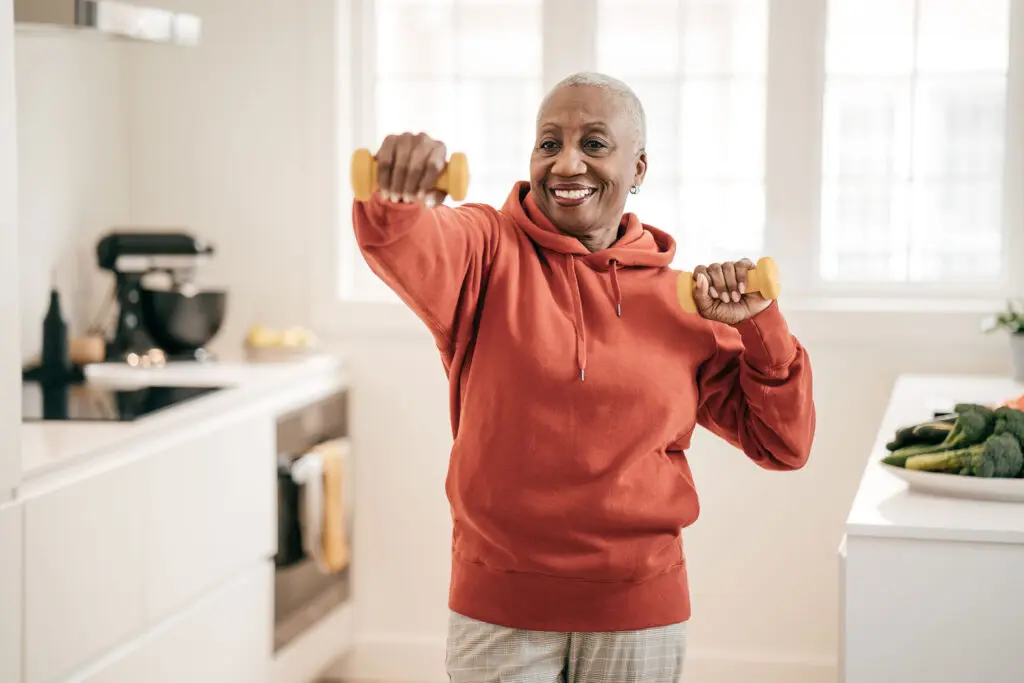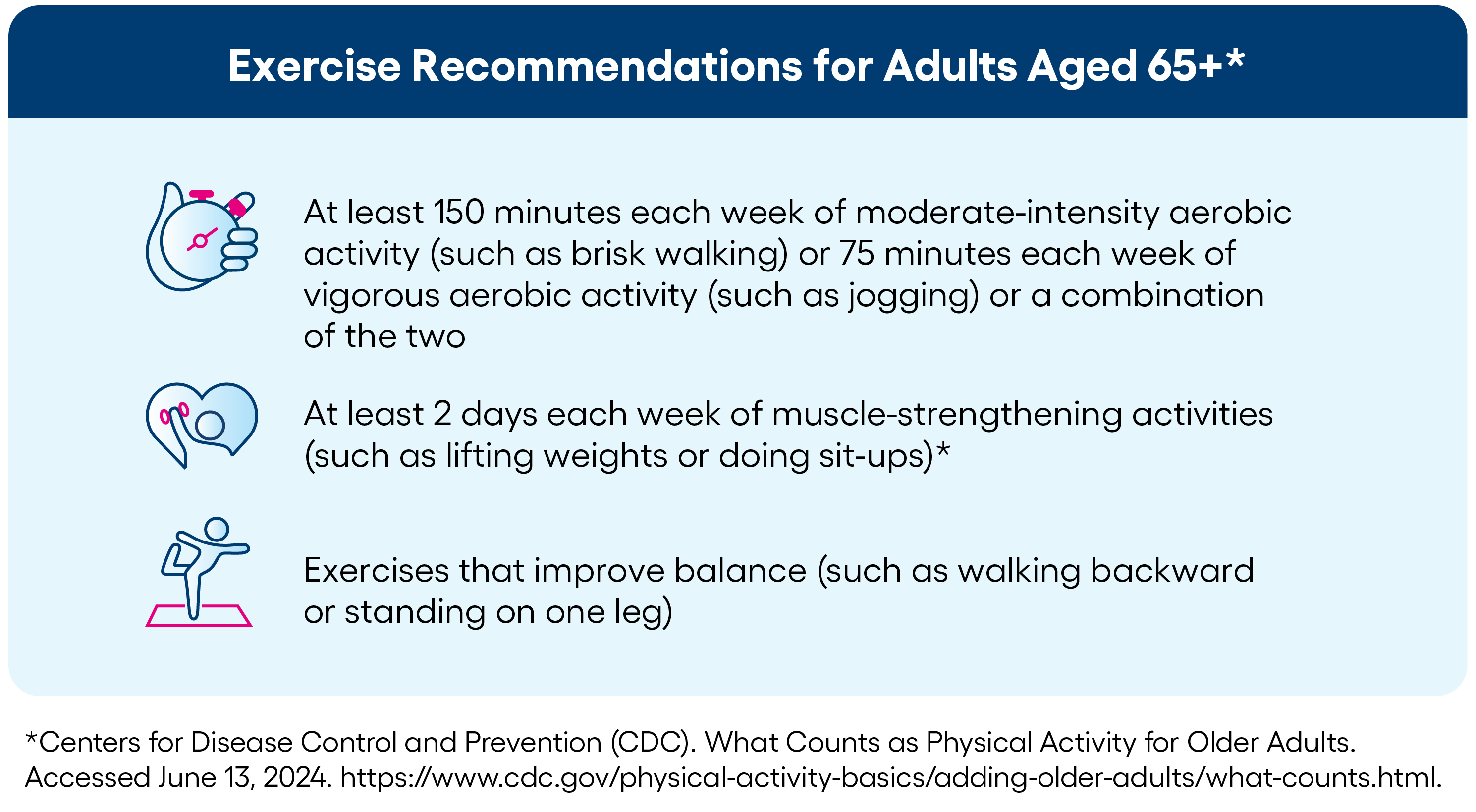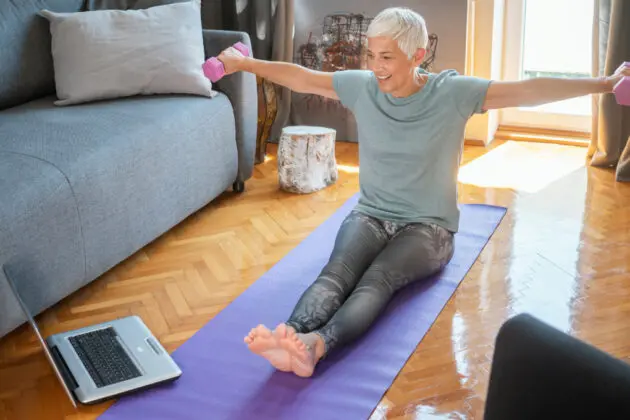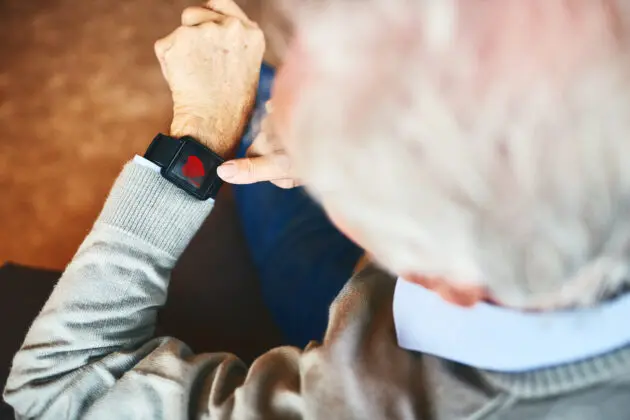
Getting enough exercise is part of a healthy lifestyle at any age, but staying physically active can be crucial to maintaining your health as you get older.
Physical activity has many benefits, including:
- Better mental health
- Improved sleep
- Better balance
- Faster healing after an injury or wound
- Reduced risk of certain illnesses like heart disease and diabetes
- Less weight gain
- Better heart health
Here’s how to stay motivated, work out safely, and get the most out of your exercise routine.
Set Realistic Workout Goals
If you set goals that are too hard to achieve, you may get frustrated and then give up.
One way to reach a larger goal is to set smaller, more immediate goals. For instance, if your goal is to run a 5K, you might need to start with walking around the block. Build up to running part-way around the block, then running continuously for half a mile, and then working up to a full 5K.
Another thing to consider is that your fitness and skills may have changed over time. Set goals that are realistic for your age and physical abilities. Although accepting limitations can be frustrating, it can help you avoid being too hard on yourself or getting hurt.
If you’re recovering from an injury or illness, your physical therapist can help you set goals. If you aren’t working with a physical therapist, working with a trainer at a gym may be a good idea.
When you’re recovering from an injury or operation, the best way to start an effective, safe exercise program is to work with a physical therapist.
Learn How Much Exercise You Need
The Centers for Disease Control and Prevention (CDC) has recommendations for how much physical activity an adult aged 65 or older should get per week.

You don’t need to follow all the CDC recommendations right away — in fact, it’s safest to start slowly.
Also, you can spread your exercise throughout the day rather than carving out a large block of workout time. Try going for a 10-minute walk after lunch, parking a little farther away from your destination, standing up more often each hour, or doing a few wall or counter push-ups while waiting for food to cook.
Get In Several Different Types of Exercise
There are three main types of exercise, and hitting all three is important.
If an activity seems unsafe or too difficult because you have a condition affecting your bones, joints, or muscles, choose low-impact exercises, which don’t stress your body as much.
| Type of Exercise | Benefits | Low-Impact Activities |
|---|---|---|
| Aerobic exercise (sometimes called endurance exercise) makes your heart beat faster than usual and causes you to breathe heavier. |
|
|
| Muscle-strengthening exercise (sometimes called strength training) involves adding resistance to your movements to make your muscles work harder. |
|
|
| Bone-strengthening exercise (sometimes called weight-bearing exercise) involves using your arms, legs, or feet to support your body weight. |
|
|
Make Exercise Fun and Convenient
The secret to sticking with an exercise routine: Make it fun! Is there an activity you really enjoy, such as:
- Ballroom dancing
- Playing pickleball
- Walking the dog
- Golfing
- Taking an exercise class with friends
Also, take steps to make exercising more convenient. If you like going to the gym but can’t get there on your own, look into ride services for older adults. Or invest in small exercise equipment (such as dumbbells or resistance bands) and look for workout videos on YouTube.
Remember That Safety Comes First
Exercising is important, but at the end of the day, the most important thing is that you stay safe while doing so.
If insurance won’t cover physical therapy, schedule a session or two with a personal trainer so that you can learn proper techniques and avoid injuries. Also, never “play through the pain.” If you are in pain or don’t feel well, take a break.
When starting any new exercise program, check with your health care provider to make sure it’s safe — especially if you have a chronic condition like diabetes or heart failure.



